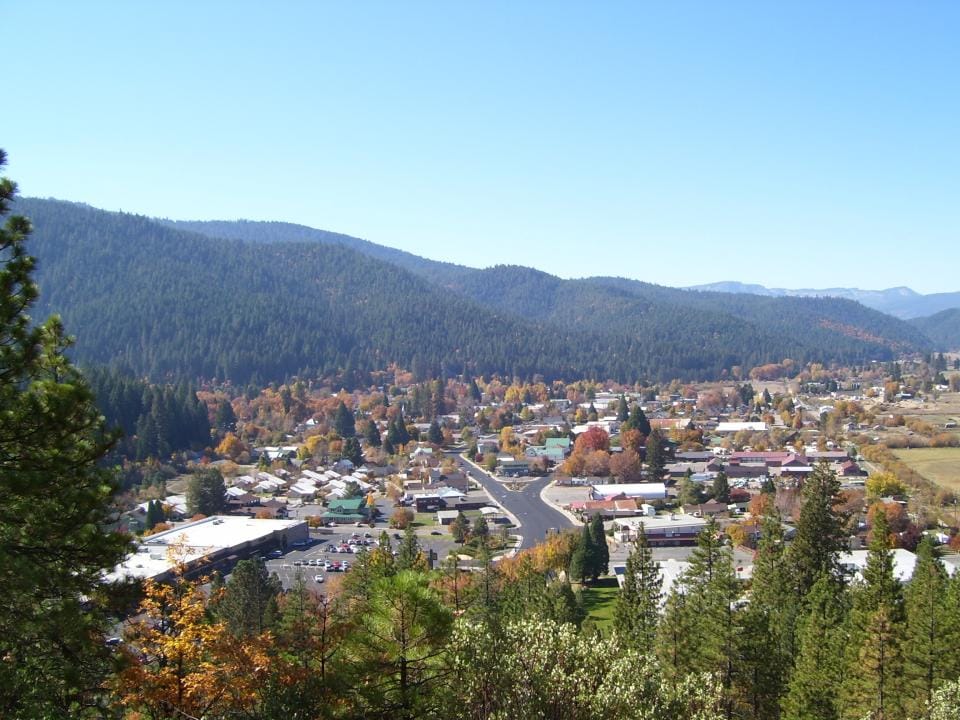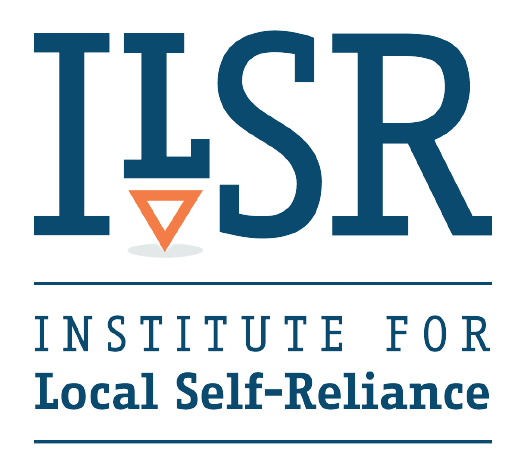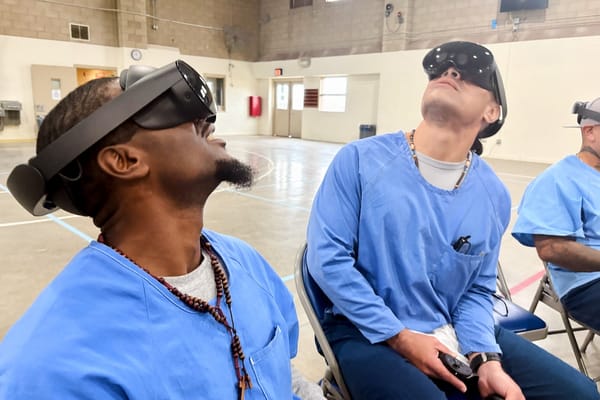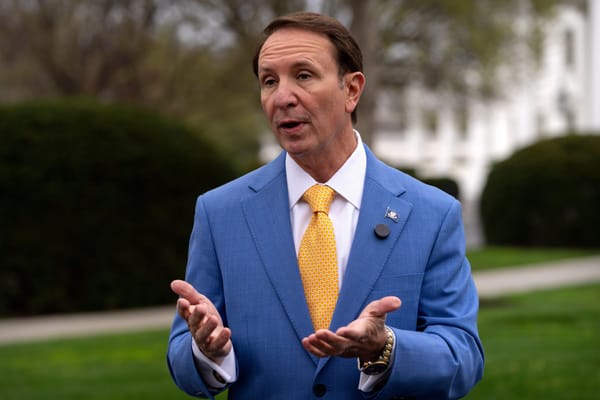Plumas-Sierra Telecom Nabs $67 Million In Middle Mile Grants Across 4 California Counties
The investment in the cooperative could be a game-changer for rural connectivity in the Golden State.
Karl Bode

A California telecom and electrical cooperative says the state’s ongoing last-mile broadband grant program will help deploy affordable fiber to multiple communities across four heavily unserved and underserved California counties.
Back in July, Imperial, Lassen, and Plumas Counties were the latest to receive broadband expansion grants courtesy of California’s $2 billion Last Mile Federal Funding Account Grant Program (FFA). The program, part of a broader $6 billion California “Broadband For All” initiative, is aimed at boosting broadband competition and driving down costs statewide.
Plumas-Sierra Telecommunications (PST), a subsidiary of Plumas-Sierras Rural Electric Cooperative (PSREC) has been a major early winner in ongoing California FFA awards. The cooperative says it’s poised to receive roughly $67 million in FFA grants to expand affordable broadband to roughly 6,600 unserved and underserved locations across Sierra, Plumas, Lassen, and Nevada Counties.

California Public Utilities Commission recently announced another $86 million in FFA grants that will help fund broadband expansion across 21 different California towns, cities, counties, and tribal communities. One Plumas grant award is for a $14.5 million project to bring fiber to 834 unserved locations and 1,169 unserved residents across Plumas County.
“This significant investment will enable PST to bring high-speed Internet to hundreds of homes, businesses and community institutions that have been historically underserved by reliable broadband services,” PST General Manager Bob Marshall told ILSR.
PST tells ILSR that its FFA grants so far includes $6 million to deliver fiber to 1,218 locations in Portola, Deleker, and Whitehawk.

Another $5.1 million to deploy fiber to 1,445 locations in Plumas Pines and Graeagle Meadows; and $5.5 million to upgrade 1,029 locations in Quincy from coaxial cable-based broadband to fiber.
Other funded projects include $5.5 million to deliver fiber to 410 locations in Greenhorn Ranch; $3.6 million for 369 locations in Ironhorse and Valley Ranch; $6.5 million for 307 locations in Mohawk Vista; and $7.8 million for 259 locations in Janesville and Millford.
“With these grants we are focused on infilling our service territory, centered on Central and Eastern Plumas County, Southern and portions of central Lassen County, and Eastern Sierra County which includes all our member-owners and most of the nearby communities,” Marshall said.
A game-changer for rural connectivity
PST’s service area is heavily rural, scattered across the eastern edge of the Plumas and Tahoe National Forests, northwest of Reno. Most of the cooperative’s service territories either lack broadband access, or are serviced by a regional private telecom monopoly like Frontier or expensive, unreliable, usage-restricted satellite broadband access.

Plumas-Sierra Telecommunications first began offering C-Band satellite TV service to rural customers in underserved communities in 1987. It subsequently began offering dial up service in Quincy and Portola in 1995, and broadband access in 2003. The cooperative also spent many years as a WildBlue Satellite broadband reseller.
In 2010, the American Reinvestment and Recovery Act and the California Advanced Services Fund allowed PST and PSREC to construct a 198-mile middle mile fiber optic network from Reno, Nevada north to Susanville, California and west to Quincy, California.
Now, 14 years later, FFA grants are connecting many locals to this network for the first time. PST’s current service offerings consist of either symmetrical 500 megabits per second (Mbps) fiber for $79 a month, or symmetrical one gigabit per second (Gbps) fiber for $99 a month. Both service tiers include a $300 installation fee, but have no usage caps or long-term contracts.

PST is looking to upgrade some territories where it offers locals coaxial-cable based broadband access at 25 Mbps for $99 a month. PST also provides wireless broadband access of 15, 20, and 50 Mbps (at $65, $75, and $85 per month respectively) in towns like Delleker, Portola, and Graeagle.
Marshall has previously noted that many of the areas PST has deployed fiber are seeing 65 to 75 percent take rates.
One subdivision deployment saw an 85 percent take rate among local area businesses, demonstrating the severity of pent-up demand.
History repeating itself nearly a century later
Like so many cooperatives, PST’s roots in rural electrification mirror rural broadband deployment efforts nearly a century later. In 1937, Plumas-Sierra Rural Electric Cooperative (PSREC) was founded to drive electricity into many of these same neglected areas.
PSREC owns many of the area's utility poles, and like most cooperatives had already been deploying fiber to aid in electrical network management and monitoring. But electrical grid supervisory control and data acquisition (SCADA) only uses 2 of the 144 strand fiber runs, leaving ample capacity to better service area residents and businesses.
“With broadband access now a necessity—much like electricity in the early 1900’s—the award of Federal Funding Account grant funds will allow Plumas-Sierra Telecommunications to continue to bridge the digital divide in these rural areas that would otherwise remain unserved due to the high cost of fiber-optic cable construction in the Sierra Nevada Mountains of Northern California,” notes Jeff Blagg, Right-of-Way Engineer for Plumas Sierra Telecommunications and Plumas Sierra Rural Electric Cooperative.
There’s 900 electric co-ops scattered across the United States with roughly 200 of them currently offer fiber broadband access to residential customers, according to the National Rural Electric Cooperative Association (NRECA). It’s certainly not an easy transition; and often requires a massive infusion of capital to shore up access in geographically difficult areas.

Many of those cooperatives have been making ample use of both American Rescue Plan Act broadband funds, and many more are poised to take full advantage of the $1.9 billion in additional broadband grants California will soon receive courtesy of 2021 infrastructure bill legislation.
California’s broader Broadband For All initiative has taken some well-deserved criticism for a lack of transparency, the use of shoddy broadband maps, and a failure to prioritize many marginalized populations. But it remains clear that the efforts – including last mile FFA grants – continue to fuel deployments to many areas that may have never seen fiber otherwise.
But even this historic round of state and federal funding likely won’t be enough to get the job done. Since the initial round of applications for the $2 billion FFA program closed in September 2023, the CPUC says it received and reviewed 484 grant applications from every county in the state, totaling more than $4.6 billion in requests.
The article was originally published on the website of the Institute for Local Self Reliance's Community Broadband Networks Initiative on Sept. 19, 2024, and is republished with permission.
Also relevant:
 Community Networks logoKarl Bode
Community Networks logoKarl Bode












Member discussion